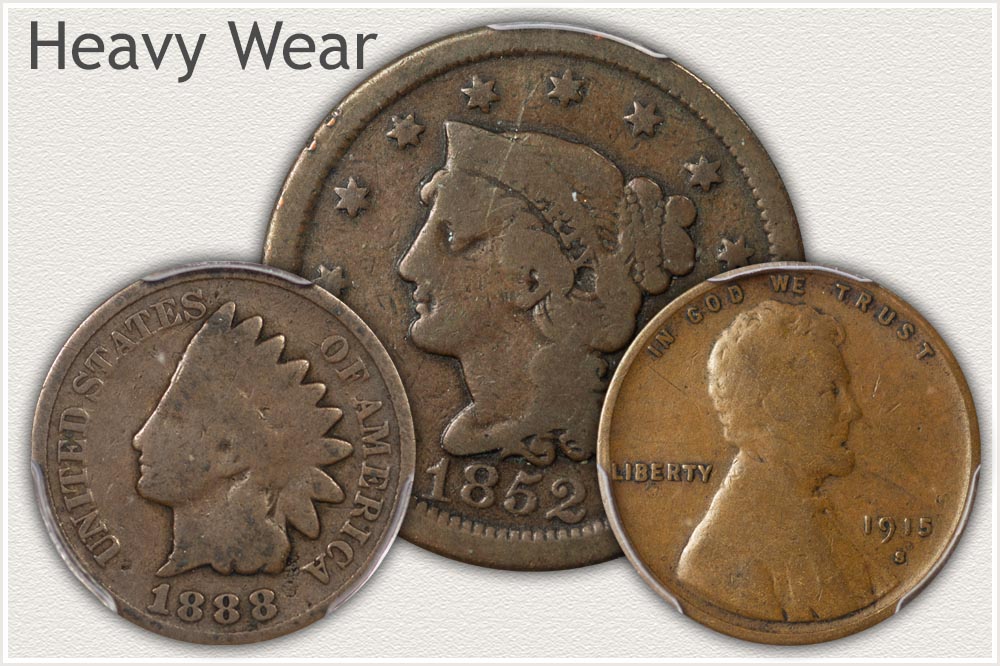

To see demand in action, look at the prices on eBay's coin and paper money page - when more people want to buy a certain item (a high demand), the price often goes up.The demand might be higher or lower in different areas of the world, or during different years.Rarity also involves the number of those coins or bills that are still around today.ĭemand varies according to the popularity and availability of a coin or bill: Rarity involves the number (or "mintage") of coins or bills that were originally produced. There are several factors that influence the value of a coin or bill: Wholesale value can also be a discounted price that a dealer would accept from a buyer who is purchasing in large quantities. Wholesale value is the price for which a dealer would sell a coin to another dealer. So, if a dealer wants to stay in business, they usually offers lower buy prices than retail prices. Retail value is the price for which a dealer would sell a coin or bill to you.

This price is called the "book" value because you would typically find it in a published book such as the Standard Catalog of World Coins.īuy price is the price that a dealer would be willing to pay you if you sold them your coin or bill. When recognized by several authors, collectors and certification companies, errors and varieties are added and associated with values, whether it is a deteriorated die, a die clash, a double die or any other type of error or variety.Basically, there are four different types of "value" for coins and bills:īook value is an average of many dealers' retail prices for a certain coin or bill - in other words, what the average dealer would sell it for.

This section also includes information on history, errors, varieties, characteristics and more. Values in the section are based on the market, trends, auctions and recognized books, publications and catalogs.

The value of a canadian coin depends on several factors such as quality and wear, supply and demand, rarity, finish and more.
#Old coins value chart series
With the creation of the Dominion of Canada in 1867, Ottawa issued a new series of coins that were legal tender in the four provinces that signed the 1867 Confederation pact. In 1858, with London's approval, Province of Canada issued coins minted in England in denominations of 1, 5, 10 and 20 cents. The British colonies, led by the Province of Canada, needed to replace the sterling system with the decimal system used in the United States. You are: Home » Canadian coins » Price guide and values Canadian coins price guide and values


 0 kommentar(er)
0 kommentar(er)
